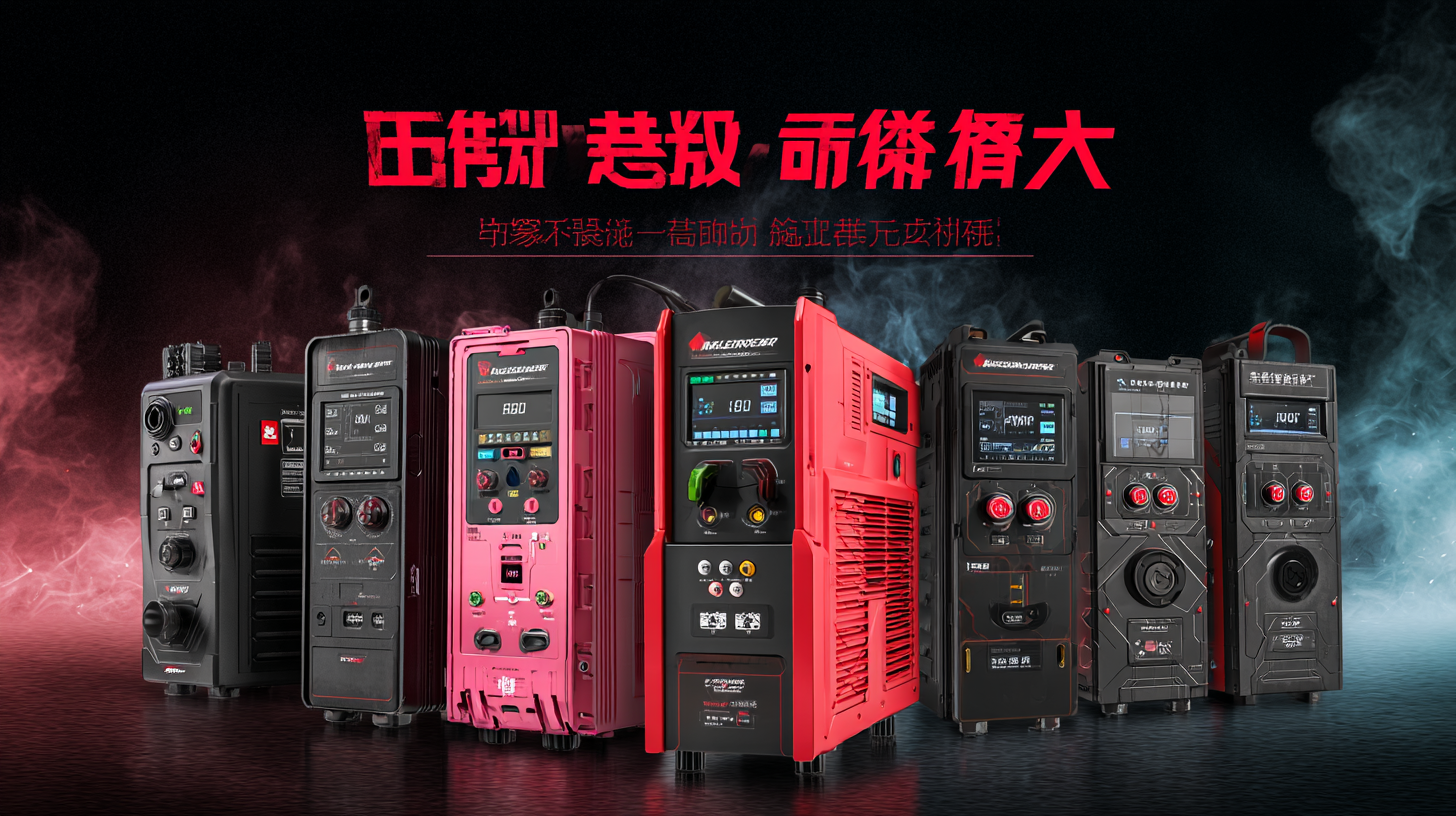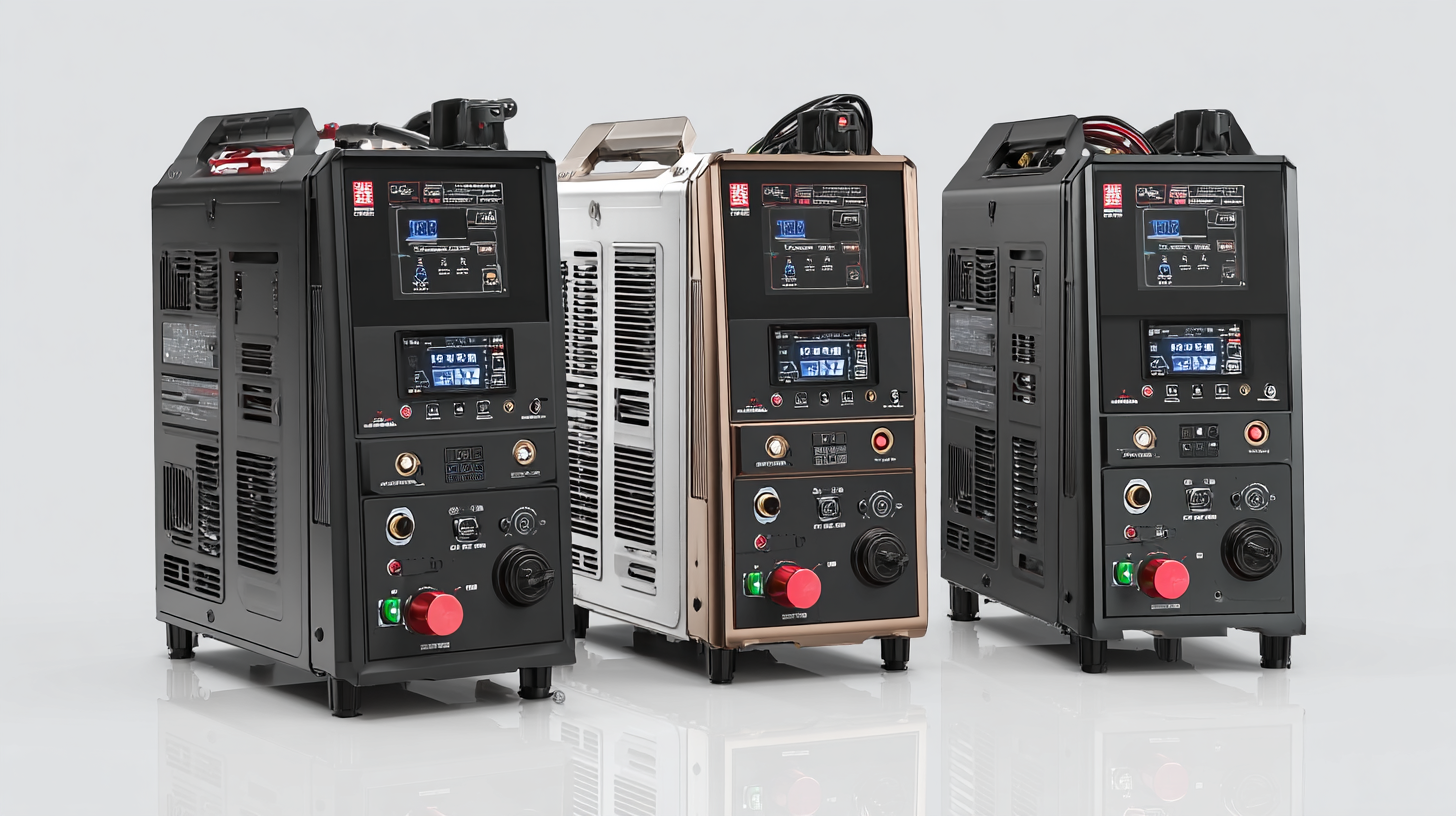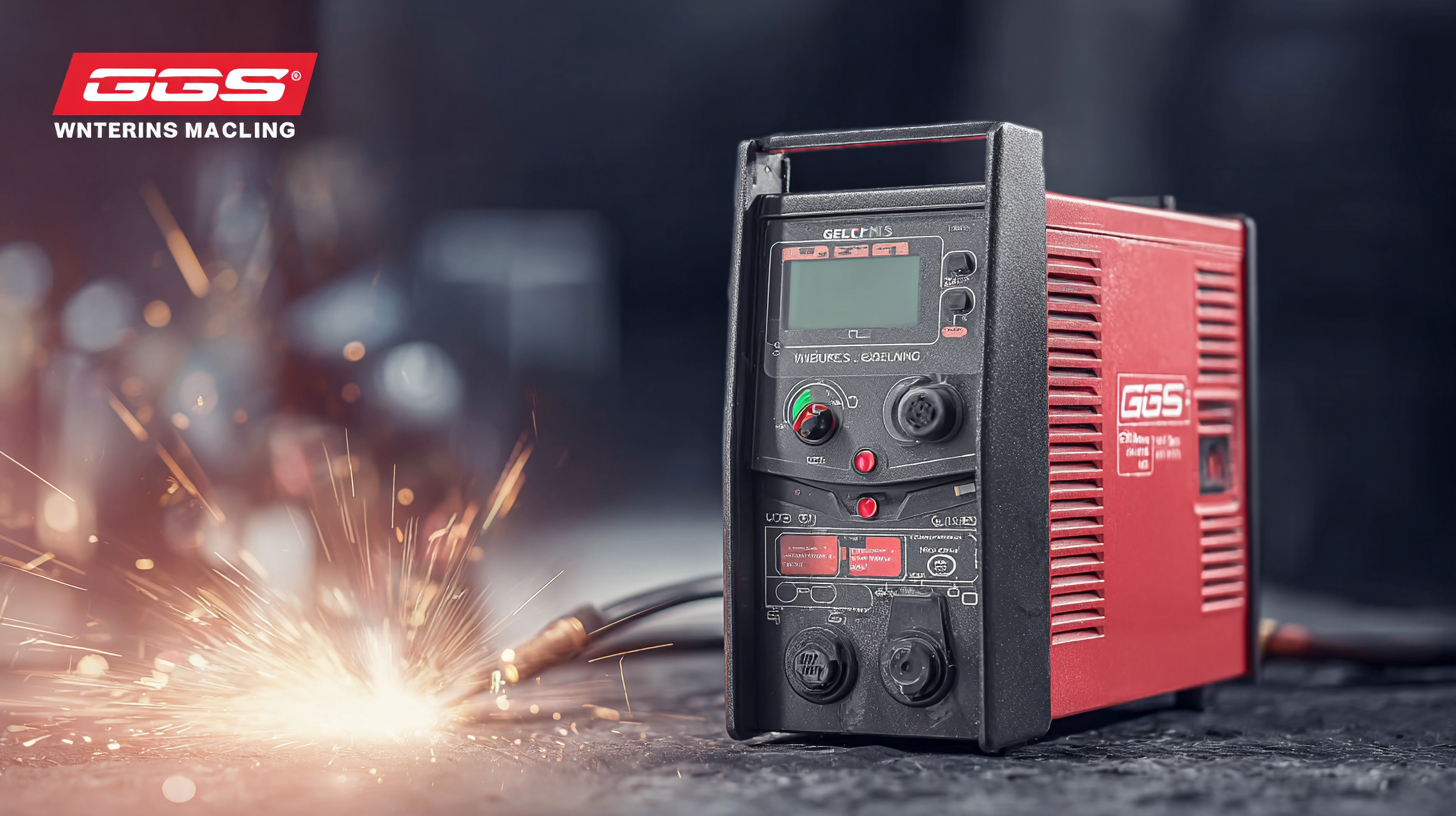In the ever-evolving landscape of industrial manufacturing, the role of advanced technology cannot be overstated. The global welding equipment market is projected to reach USD 25 billion by 2025, with inverter welding machines leading the charge due to their superior performance and efficiency. Inverter Welding Machines have revolutionized the way welding is conducted, providing not only flexibility and portability but also a notable reduction in energy consumption—up to 30% less compared to traditional machines. This technological shift has enabled manufacturers to enhance productivity while minimizing operational costs, making inverter welding machines a preferred choice for businesses worldwide. As China's manufacturing prowess gains global recognition, these advanced welding solutions exemplify a commitment to quality and innovation, solidifying their position as essential tools for modern fabrication processes across diverse industries.

Inverter welding machines have revolutionized the welding industry, particularly for global buyers looking to enhance efficiency in their operations. One of the key advantages of these machines is their remarkable energy efficiency. Unlike traditional welding machines that consume excessive energy and produce substantial heat, inverter models utilize advanced technology to convert electricity more effectively. This means that they can operate at lower amperages while still delivering the same or even superior welding performance, significantly reducing electricity consumption and lowering production costs.

Cost savings are another compelling reason to invest in inverter welding machines. The initial investment may be higher than that of conventional machines, but the operational savings quickly offset the cost. With their efficient energy use, these machines not only decrease electricity bills but also minimize welding material waste. This efficiency allows for quicker project completion times, ultimately leading to an increase in productivity and profitability. For global buyers keen on maximizing their return on investment, adopting inverter welding technology is a forward-thinking move that fosters sustainability and economic growth.
Inverter welding machines have revolutionized the welding industry, offering significant advantages that cater to diverse global buyers. One of the key features that set these machines apart is their lightweight and compact design. Unlike traditional welding equipment, which can be bulky and cumbersome, inverter machines are portable, making them ideal for diverse working environments—whether on a construction site or in a remote workshop. This portability does not compromise their performance; instead, it allows welders to easily transport and set up their equipment, enhancing productivity.
Another standout feature of inverter welding machines is their energy efficiency. They utilize advanced technologies that not only minimize energy consumption but also improve overall weld quality. By producing a consistent and stable arc, inverter machines enable welders to achieve cleaner and more precise welds. Additionally, they often come equipped with various settings and features, such as adjustable arc force and hot start, providing greater control and adaptability for different welding tasks. This level of versatility benefits both novice and experienced welders, making inverter welding machines a top choice for those seeking efficiency and reliability in their welding operations.
| Feature | Advantage | Applications | Efficiency Rating |
|---|---|---|---|
| Portability | Lightweight design enables easy transport | Fieldwork, Maintenance Jobs | 95% |
| Energy Efficiency | Reduced power consumption | Indoor and outdoor welding | 93% |
| Versatility | Suitable for various welding processes | Automotive, Construction, Art | 90% |
| Control Technology | Advanced technology for better performance | Precision Fabrication, Repairs | 92% |
| User-friendly Interface | Easy operation with minimal training | Hobbyists, Educational Settings | 88% |
In the realm of industrial fabrication, the suitability of inverter welding machines spans a multitude of applications, catering to diverse sectors from automotive to construction. These machines offer unparalleled versatility, allowing operators to seamlessly switch between different welding processes such as MIG, TIG, and stick welding. This adaptability makes them particularly valuable in industries that require quick adjustments and a range of welding techniques to meet specific project demands.
For automotive manufacturers, inverter welding machines enhance productivity by delivering consistent arcs and superior control over heat input. This precision is crucial for welding thin materials without compromising strength or risking warping. Similarly, in construction, where robust and reliable welds are paramount, these machines are favored for their portability and the ability to perform well even in challenging environments. By harnessing the advantages of inverter technology, businesses can ensure high-quality welds that stand the test of time, ultimately driving efficiency and reducing operational costs across various applications.

Inverter welding technology has rapidly evolved, aligning with the demands of a dynamic global market. As industries increasingly prioritize efficiency, flexibility, and portability, inverter welding machines have emerged as the go-to solution for many manufacturers and fabricators. The lightweight design and advanced inverter systems allow for easier handling and operation in various environments, fostering a rise in their adoption across sectors such as construction, automotive, and shipbuilding. Additionally, the continuous innovation in inverter technology has enabled machines to provide unparalleled precision and control, further driving their popularity among global buyers.
Market trends indicate a robust growth trajectory for inverter welding equipment over the next few years. Analysts predict a compound annual growth rate (CAGR) driven by advancements in digital technology and automation. The integration of smart features in welding machines—such as real-time monitoring and automated settings—caters to the evolving needs of skilled and unskilled workers alike. Furthermore, as sustainability becomes a key concern, the energy efficiency of inverter welders positions them favorably against traditional alternatives, attracting environmentally conscious buyers seeking to reduce operational costs while minimizing their carbon footprint. This shift not only enhances productivity but also supports a sustainable manufacturing ecosystem, highlighting the critical role inverter welding machines will play in future industrial applications.
When it comes to inverter welding machines, global buyers have a plethora of options to consider, each offering unique advantages. The primary distinction among these machines lies in their design and functionality, which cater to different welding requirements. For instance, some inverter welding machines are tailored for portability, allowing welders to operate in diverse locations, much like a high-quality portable power station that doesn't require a constant power supply. This flexibility is particularly advantageous for on-site projects where electricity access may be limited.
Additionally, inverter welding machines vary in their ability to handle different materials and thicknesses. Some models excel at thin metal applications, while others are robust enough to tackle thicker sections and heavy-duty tasks effectively. This versatility makes them popular among professionals and hobbyists alike. As buyers assess their needs, they should consider not only the technical specifications but also the operational ease and power efficiency of the machines, ensuring they select the right model for optimal performance.
